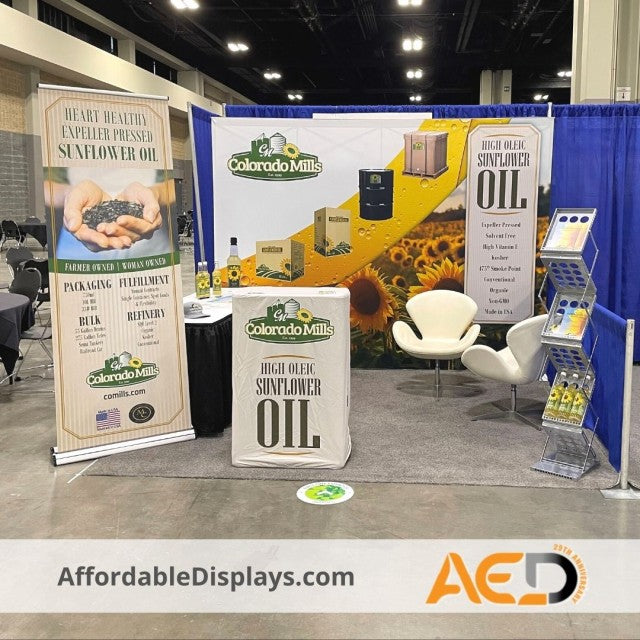In a world that's rapidly adapting to digital convenience, the age-old tradition of the trade show is evolving. Once synonymous with crowded convention centers, booth swag, and jet lag, trade shows are now just as likely to take place on your laptop screen as they are in Las Vegas or Düsseldorf.
But what really separates in-person trade shows from their virtual counterparts? And more importantly—does one have a clear edge over the other?
Let’s break down the differences to understand the unique value each format offers.
1. Human Connection vs. Digital Efficiency
In-Person:
There’s something irreplaceable about a handshake, eye contact, and reading body language during a conversation. In-person trade shows thrive on spontaneous, face-to-face interactions. Whether it’s chatting over coffee between sessions or bumping into a potential partner in the exhibit hall, the human element is powerful—and often leads to unexpected opportunities.
Virtual:
On the flip side, virtual trade shows shine in their efficiency. Attendees can jump into meetings, watch keynote sessions, or explore booths with just a few clicks—no flights, no hotel bookings, and no walking miles in uncomfortable shoes. While virtual platforms attempt to replicate networking with breakout rooms and chat functions, the serendipity of live, unscheduled encounters is often lost.
2. Cost & Accessibility
In-Person:
Let’s face it—attending a physical trade show can be expensive. Between travel, accommodation, registration fees, and booth setup, costs can skyrocket. This often limits access to larger companies or those with significant budgets.
Virtual:
Virtual shows democratize participation. Smaller companies or international attendees who might not afford the expense of physical attendance can now engage with industry leaders from anywhere in the world. This broadens the reach and diversifies the audience.
3. Sensory & Product Experience
In-Person:
For industries that rely on tactile or visual impressions—think manufacturing, fashion, or food—there’s no substitute for being there. You can touch the fabric, see product demos up close, and get a real feel for quality and scale.
Virtual:
Virtual shows do their best with high-resolution images, video walkthroughs, and even VR experiences, but it’s hard to replicate the hands-on aspect. However, for digital products, software demos, and tech innovations, virtual platforms can actually be more effective—allowing screen sharing, real-time feedback, and user interaction.
4. Lead Generation & Analytics
In-Person:
Leads at physical trade shows come from business cards, badge scans, and conversations. While potentially high in quality, tracking and following up can be more manual and sometimes less organized.
Virtual:
Digital platforms offer data-rich insights: who visited your booth, how long they stayed, which content they engaged with, and more. This gives marketers a powerful toolkit for measuring ROI and optimizing future efforts.
5. Longevity of Content
In-Person:
Once the event ends, it’s largely over. Unless sessions are recorded or notes are taken, the value fades with the closing ceremony.
Virtual:
Virtual shows often have extended lifespans. Sessions are recorded, booths can stay online, and attendees can revisit content for days or weeks afterward. This creates ongoing value long after the "live" event.
So, Which One Is Better?
That depends entirely on your goals.
-
If you’re looking to build deep relationships, showcase physical products, or make a splash in your industry—in-person trade shows still reign supreme.
-
If you want to maximize reach, cut costs, or operate with data-driven precision—virtual trade shows may be your best bet.
The good news? Hybrid models are becoming more popular, offering the best of both worlds. Companies can connect physically and digitally, extending their brand presence and boosting ROI.
Final Thoughts
The trade show landscape is no longer either/or. It’s evolving into a strategic blend of virtual accessibility and in-person experience. The key is knowing your audience, defining your objectives, and choosing the format—or combination—that moves your business forward.
Whether you’re shaking hands or sharing screens, the goal remains the same: meaningful connections that drive results.




